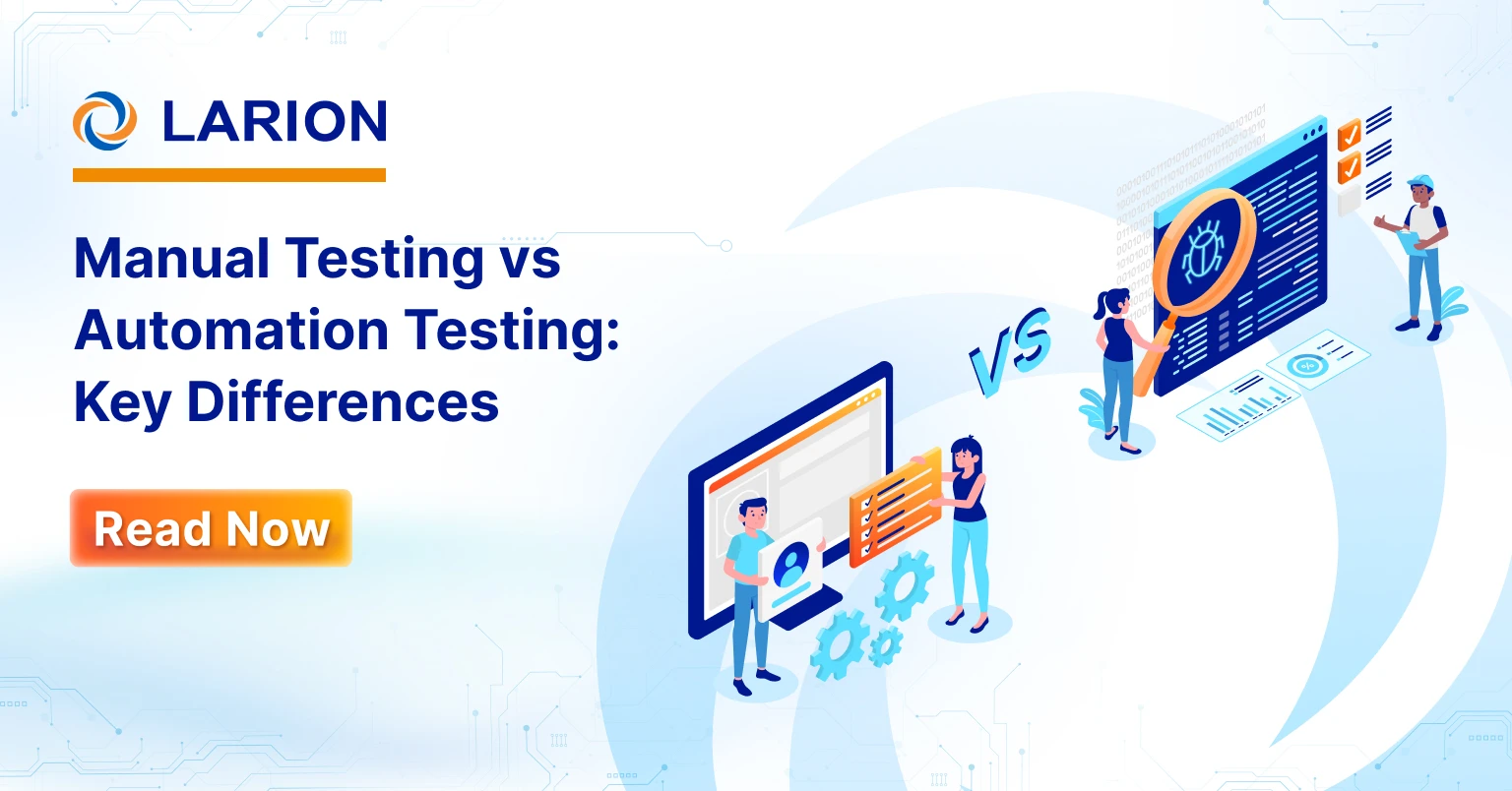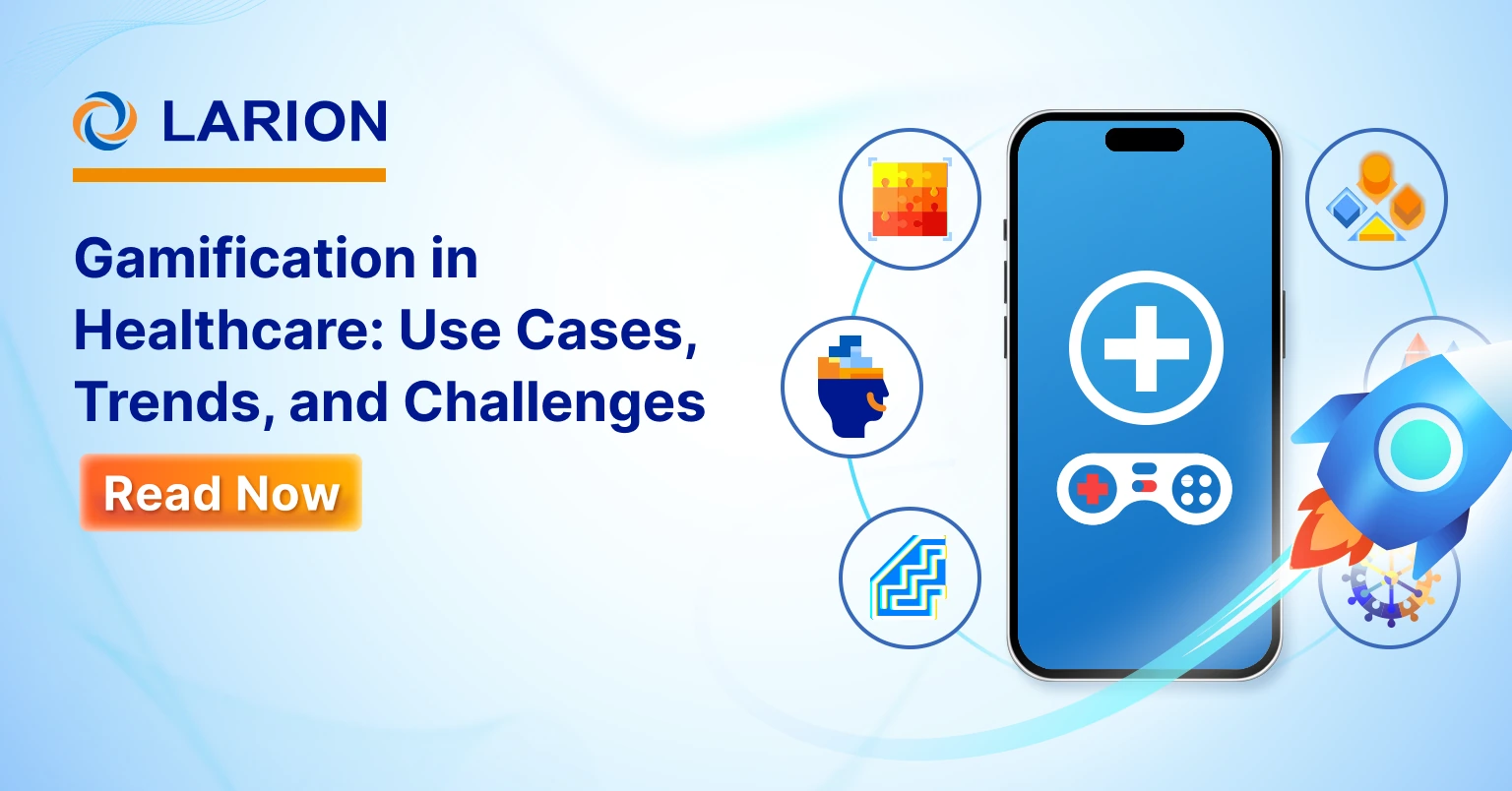Best Tech Stack for Fintech
The ideal tech stack should not only meet the specific functional requirements but also address key considerations such as scalability, security, performance, and cost-effectiveness. Below are the most favored tech stacks for fintech applications.
1. Front-end technologies
The user-facing interface of fintech applications plays a crucial role in delivering an engaging and interactive experience for users. Front-end developers typically combine HTML, CSS, and JavaScript to develop applications.
Additionally, front-end developers also utilize JavaScript and its frameworks to create smooth, efficient, and user-centric interactions. Some popular JavaScript frameworks commonly used in fintech development include:React, Angular, Vue.

The advantages and disadvantages of front-end technology in Fintech_LARION
2. Back-end technologies
Programming language
Backend technologies serve as the backbone of fintech applications, handling data processing, storage, and business logic behind the scenes.
Backend developers typically work with programming languages such as C#,Java, Python, or Node.js to build the server-side components of fintech applications. These languages offer scalability, security, and performance, making them well-suited for handling the complex requirements of financial systems.
Here’s the comparison table of the advantages and disadvantages of the four programming languages:

The advantages and disadvantages of four programming languages: C#,Java, Python, or Node.js_LARION
Frameworks
Besides programming languages, frameworks also significantly contribute to improving programming languages by introducing an additional layer of abstraction and a set of tools. Currently, there are several commonly used frameworks for building fintech applications, including Spring Boot, Django, Flask, and Express. Let’s take a look at the strengths and weaknesses of these frameworks in supporting the development process.

The strengths and weaknesses of Spring Boot, Django, Flask, and Express_LARION
3. Databases
Managing large volumes of sensitive financial and customer data makes databases play an extremely important role for banks and financial institutions.
In fintech tech stacks, common types of DBMS include relational databases such as MySQL, Oracle, and PostgreSQL, and non-relational (NoSQL) databases like MongoDB. While relational databases are well-suited for structured data, NoSQL databases excel in handling large volumes of unstructured data, offering flexibility in storage and access. The choice of database type depends on the nature and volume of data being managed, as well as the specific requirements of the system.
Here’s the comparison table detailing the pros and cons of MySQL, Oracle, PostgreSQL, and MongoDB:

The pros and cons of MySQL, Oracle, PostgreSQL, and MongoDB_LARION
6. APIs and integrations
RESTful APIs and GraphQL are popular choices among fintech developers for establishing connections with external services.
Here is the comparison table detailing the pros and cons of RESTful APIs and GraphQL:

The pros and cons of RESTful APIs and GraphQL_LARION
Conclusion
Choosing the right technology stack is critical for optimizing operations in fintech applications, which includes meeting performance, scalability, security, and cost-effectiveness requirements. With 20 years of experience in software development, we take pride in our deep architectural expertise, encompassing a comprehensive understanding of over 45 technologies in software development for financial institutions. This expertise enables us to conduct thorough research and assist you in identifying and implementing the most suitable technology for each project.
Feel free to contact us to discuss more. We’re here to assist you choose the best tech stack for your product!





